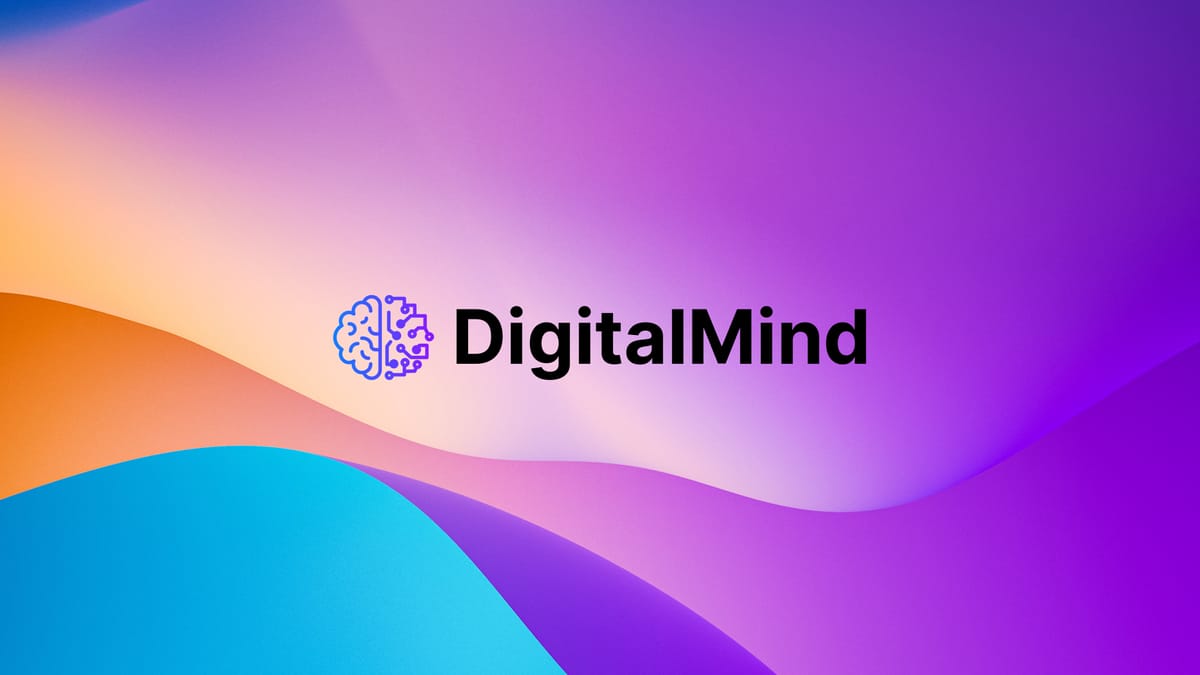How A Readme Improves Your Onboarding Process
Why you should consider writing a personal readme and a free template that you can use to get started.
Starting to work with a new team member is always a challenge. There's a great deal of uncertainty: What are the person's characteristics, values, and beliefs? What are their needs for effective collaboration? Do they have any quirks I should know and consider?
In fact, this level of uncertainty also applies to the new colleague: You can probably remember the queasy feeling in your stomach on your first day. And some of these questions might have raced through your mind as well.
But what if there's a way to eliminate some of the uncertainty and simultaneously create a psychologically safe environment?
What's A Personal Readme?
A personal readme is a living document that provides in-depth information about a co-worker. Initially, those readmes were thought of as a tool for managers—or as Forbes describes it: «Instead of new hires having to go through the trepidation of learning the things that upset a manager, the manager discloses what you need to know upfront. They can explain their philosophy, approach, expectations, and pet peeves, such as long PowerPoints, rambling at meetings, or failing to read emails promptly.»
Niklaus Geber defines it as follows: "The idea behind a management readme is to give your employees more context of how you work like a boss. It clarifies things that someone might feel insecure about asking a new boss."
The key to a successful readme, however, is the exercise in vulnerability—an essential leadership skill. It requires honest reflection and openness to constructive (and anonymous) feedback to improve the readme further and discover one's blind spots.
Therefore, a manager who deploys a personal readme might also contribute to a psychologically safe environment because he openly communicates his weaknesses, flaws, and quirks to his team. «Sharing such a document with an employee also shows vulnerability which helps to build trust. Trust is the start of one significant working relationship,» explains Niklaus Gerber.
I first heard of the idea from Rouven, a fellow Hyper Island alumni. Intrigued by the concept, it was David Bauer's user manual that finally made me write my own readme.

Although I wrote it six months ago, I didn't share it for quite some time because I didn't feel safe enough at the time. The environment has to be facilitated by leadership, and that's also the reason why personal readmes are perceived as a manager's tool.
Creating A Healthy Culture
However, reasonable arguments exist for deploying readmes as a team-spanning tool and making it part of the onboarding process. I spoke to Niklaus Gerber about his experiences:
Everyone joining my team must write and share his manual with the team. This was beneficial to everyone involved. Taking the time to put it into long form how you want to be treated and what other humans should work about you is a good reflection exercise. It also helped the rest of the team to understand how each worked.
Gerber reckons that the readmes work well because you're walking the talk: "You are open, vulnerable, and transparent from the start. This sets a healthy tone within the team and it makes it easy for others to join in."
But Gerber also agrees that managers must lead by example: "Showing them mine first and giving them some direction helped a lot. Overall feedback was always, that it was helpful to read mine and that it was a good exercise to reflect on what's important to them."
Furthermore, he told me that so far, only one team member who was at the company before he joined refused to write a readme. However, after new members joined and did it as part of their onboarding, he joined in.
My Experience With The Readme
I finally shared my readme when I joined Zeilenwerk in August—despite I was the only one to have a readme. I wouldn't recommend it in a traditional company. However, Zeilenwerk, as a self-organised company with an open and transparent culture, allowed it regardless.
In preparation for this post, I asked for feedback from some of my co-workers. UX/UI designer Andrea Möhl wrote: "Through your readme, I learned important things about you and important things to you before I even started working with you. I think it anticipates a certain surprise effect and room for interpretation that exists when you get to know someone without any prior knowledge."
And Andreas Keller, one of our developers, found the idea refreshing: "After reading it, I immediately had the feeling that I knew you a bit. I learned about the things that you value and the things that might trigger you. I also think the readme has a personal benefit because it helps you to find out what values and ways of working together are important to you."
Conclusion & A Free Template
Based on the feedback I got as well as the experiences others had with this tool, I can wholeheartedly recommend the personal readme as a tool. It can serve as a structure for your private reflection that hasn't to be shared with anyone else.
But it's an effective tool for leaders to improve the onboarding process, create a safe environment, and reduce uncertainties and anxieties. If you are in a leadership position, I suggest you try it. And if you think that your superior might be open to the idea, you can always recommend the concept.
To make the entry hurdles as low as possible, I created a free readme template that you can use as is or adapt to your personal needs. I highly recommend reading some existing ones to get a feeling for the concept.
